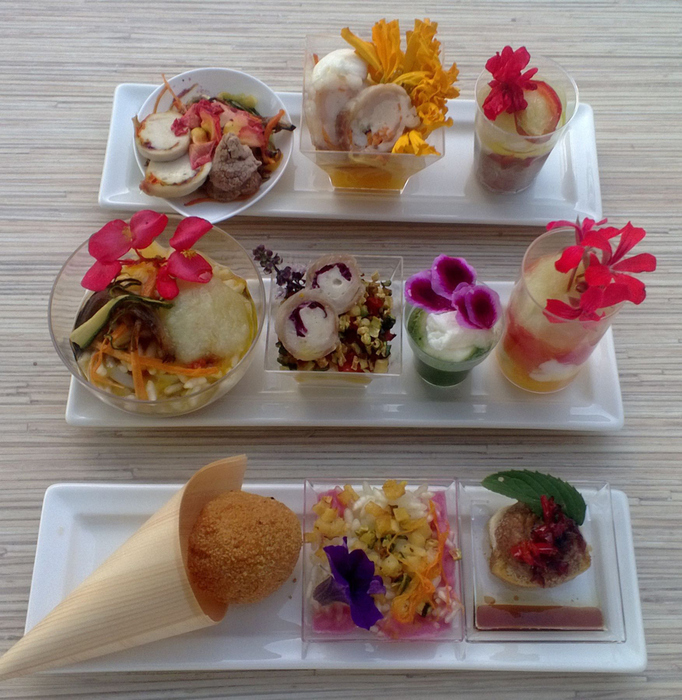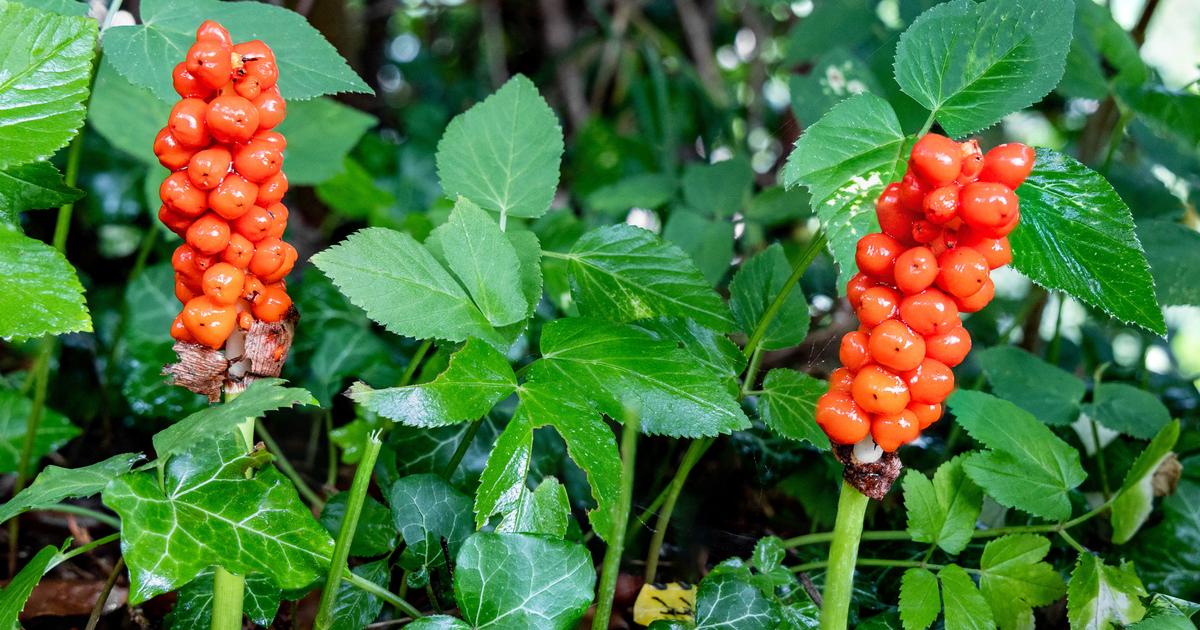- Violet, rose, begonia, marigold, yarrow, chamomile, honeysuckle, petunia, geranium, carnation, cornflower and many others - they are not only beautiful, fragrant and decorative, but also edible.
Edible flowers represent one of the emerging supply chains of the agri-food sector, with an increase in production companies of 600% in ten years.
The market is mainly that of haute cuisine, pastry and cocktail production, but they are increasingly seen also in supermarkets packed in trays of mixed flowers.
Many flowers and inflorescences are already part of traditional cuisine, but they are considered vegetables: cauliflower, broccoli, artichokes, courgette flowers, capers.
In reality, the flowers that can be eaten are many, specifies the Crea research center: "More than 1600, but we are more used to using them to decorate gardens and balconies".
Of course, the flowers bought from florists cannot be eaten, Crea specifies, because they are treated with phytosanitary products and pesticides.
The edible flower supply chain is by its very nature a sustainable, totally organic and low environmental impact supply chain that offers new business and growth opportunities to horticultural producers.
Barbara Ruffoni, head of the Crea di Sanremo and of the Antea and Antes projects, funded by the European community (Interreg Alcoltra Program), studied the various aspects related to the consumption of edible flowers.
Projects, according to the president of the Italian Florovivaisti (affiliated with Cia-Agricoltori Italiani), Aldo Alberto, with great potential and which could be an opportunity for relaunch for the whole sector, which represents 5% of agricultural production and, at European, it is second only to Holland.
According to a market analysis, carried out as part of the Antea project, "from 2010 to 2019 - underlines Ruffoni - the increase in companies producing this product was important: as much as 600%".
Overall, however, small numbers remain: "in Italy there are about a hundred companies in all, with a UAA ranging from 1000 to 5000 square meters and which dedicate an average of about 3000 square meters to edible flowers, mainly in protected cultivation and in organic or in any case with zero residue ".
These companies are mainly in the north: in the Albenga plain in Liguria, Tuscany and Veneto.
But there are also some in Southern Italy, in the Piana del Sele.
"It is a small, emerging supply chain, but one that is consolidating - explains Ruffoni - because producers who are a little more enlightened have begun to work on the preserved edible flower, therefore on drying.
In order not to waste the product, which it can be sold this way throughout the year ".
The export market is also interesting.
"Italian edible flowers are very popular in Northern Europe - observes Ruffoni - and among other things, there is also some competition abroad: in France there are several producers; there is a very large one in Spain and they start to see also Israeli producers ".
Currently, it is a product that is requested above all by a certain elite restaurant, because the flowers can be used to renew traditional dishes and add new flavors.
But it is also catching on in our kitchens.
Because the flowers are also interesting from a nutritional point of view: they are low in fat and rich in proteins, mineral salts and vitamins, as well as containing carotenoids, flavonoids and polyphenols, antioxidants.
There are many online recipes to be inspired by.
On the Antea project website (https://www.interregantea.eu.) It is possible to download the recipe book "Flowers - from the earth to the plate" with the recipes of the chefs who participated in the project.
And original proposals can also be found among the 80 flower recipes in the book "Hungry for flowers - Feeding on beauty",
by Sandra Ianni.
(HANDLE).









